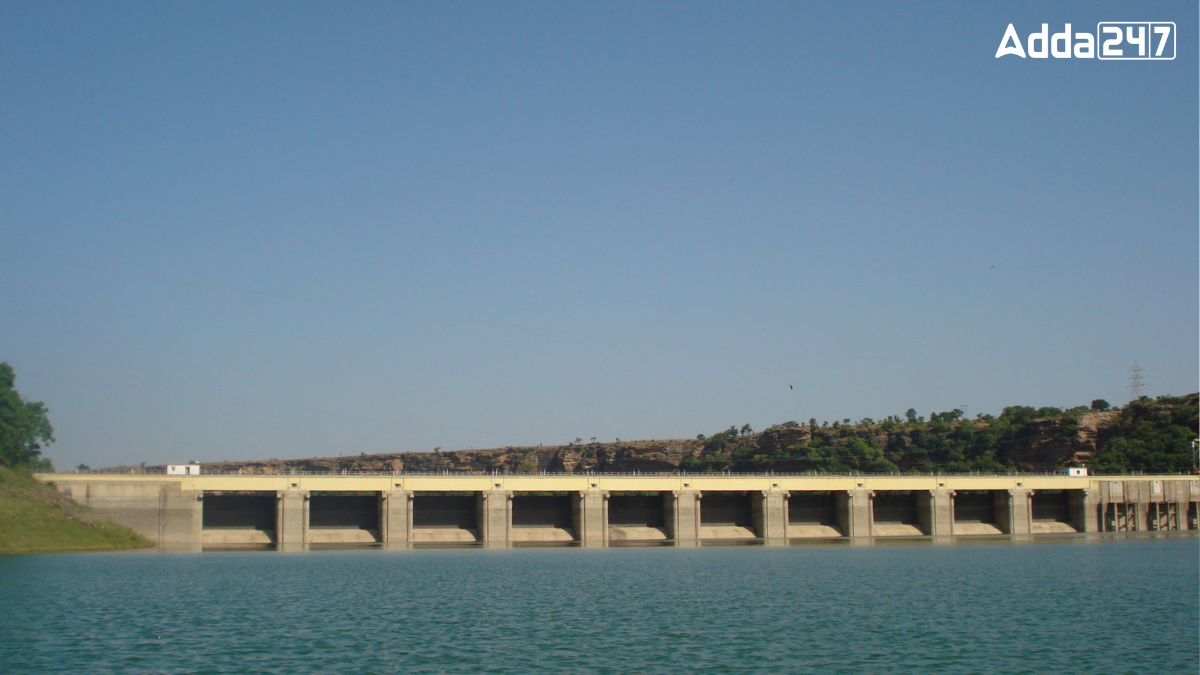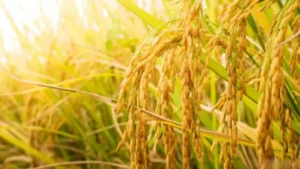Madhya Pradesh, located in central India, is known as the “Heart of India” due to its central position. It is famous for its rich history, cultural heritage, and natural beauty. The state is home to beautiful landscapes, wildlife sanctuaries, and historic sites like temples and forts. It is also an important agricultural region, producing various crops and supporting traditional industries.
An Overview of Madhya Pradesh
Madhya Pradesh, which means “Central Province,” is a state located in the middle of India. Its capital city is Bhopal, while the largest city is Indore. Other important cities include Jabalpur, Gwalior, Ujjain, Dewas, Sagar, Chhindwara, and Rewa. It is the second biggest state in India by area and the fifth most populated, with more than 72 million people. The state shares borders with Uttar Pradesh, Chhattisgarh, Maharashtra, Gujarat, and Rajasthan.
Number of Districts in Madhya Pradesh
Madhya Pradesh is divided into 55 districts, which are organized into 10 divisions. As of 2023, the state has 55 district panchayats, 376 tehsils (sub-districts), 313 blocks or janpad panchayats, and 23,043 village panchayats. The state also has different types of municipalities: 18 Nagar Nigams (big cities), 100 Nagar Palikas (towns), and 264 Nagar Panchayats (small towns).
Largest and Smallest Districts in Madhya Pradesh
Chhindwara is the largest district, covering 11,815 square kilometers and having around 2,090,922 people. It is famous for the Devgarh fort and its diverse landscapes. Niwari, the smallest district, spans 1,170 square kilometers with a population of about 404,807. Known for palaces and forts, it became a separate district in 2018.
Which District of Madhya Pradesh is famous for Gandhi Sagar Bandh?
The Gandhi Sagar Dam, also known as Gandhi Sagar Bandh, is famous in the Mandsaur district of Madhya Pradesh. Located on the Chambal River, it serves as a popular tourist spot and supports hydroelectric power, irrigation, and nearby wildlife attractions.
Location of Gandhi Sagar Dam
The Gandhi Sagar Dam is located near the town of Mandsaur in Madhya Pradesh. The dam sits on the border between Mandsaur and Neemuch districts. The area is known for its beautiful natural scenery and rich wildlife, making it a popular spot for tourists.
Construction of Gandhi Sagar Dam
The construction of the Gandhi Sagar Dam began in the mid-20th century. The foundation stone was laid by India’s first Prime Minister, Pandit Jawaharlal Nehru, in 1954. The construction was completed in 1960, making it a major engineering achievement of that time.
Features of the Gandhi Sagar Dam of Madhya Pradesh
The dam serves multiple purposes. It has a hydroelectric power station that generates electricity for the surrounding areas. The water released from the dam is used for irrigation, helping local farmers with their crops. The area around the dam is also known for being a habitat for various birds, both migratory and non-migratory.




 What was the Old Name of Goa? Know About...
What was the Old Name of Goa? Know About...
 Top-10 Most Searched Words in 2025, Chec...
Top-10 Most Searched Words in 2025, Chec...
 Which Crop is known as the Backbone of I...
Which Crop is known as the Backbone of I...







